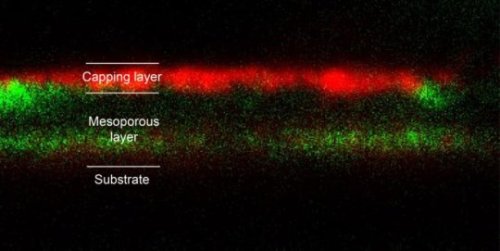#lead iodide perovskites
Revealing the hidden path of perovskite formation
Perovskite solar cells are an alternative to conventional silicon solar cells, poised to enter the market with their high power-conversion efficiencies (above 22% now) and lower capital expenditure and manufacturing costs.
One of the main methods for depositing perovskite films onto panel structures is a process known as sequential deposition reaction, which was developed in 2013 by Michael Grätzel and co-workers at EPFL. Many studies have attempted to control this process with additives, compositional changes, and temperature effects. However, none of these has provided a complete understanding of the entire sequential deposition reaction. This prevents adequate control over film quality, which determines the performance of the solar cell.
A study by Michael Grätzel and Amita Ummadisingu at EPFL now offers the most systematic and full study of the sequential deposition reaction to-date. The scientists began with X-ray diffraction analysis and scanning electron microscopy to study in depth the crystallization of lead iodide (PbI2), which is the first stage of the reaction. They then used, for the first time, SEM-cathodoluminescence imaging to study the nano-scale dynamics of perovskite film formation.
“We have combined two powerful tools to obtain compositional information about the surface of the film during perovskite formation,” says Amita Ummadisingu. “This technique enables us to achieve stunning nano-scale resolution meaning that we can see, for the first time, that mixed crystalline aggregates composed of perovskite and PbI2 are formed during the reaction.”
Post link

